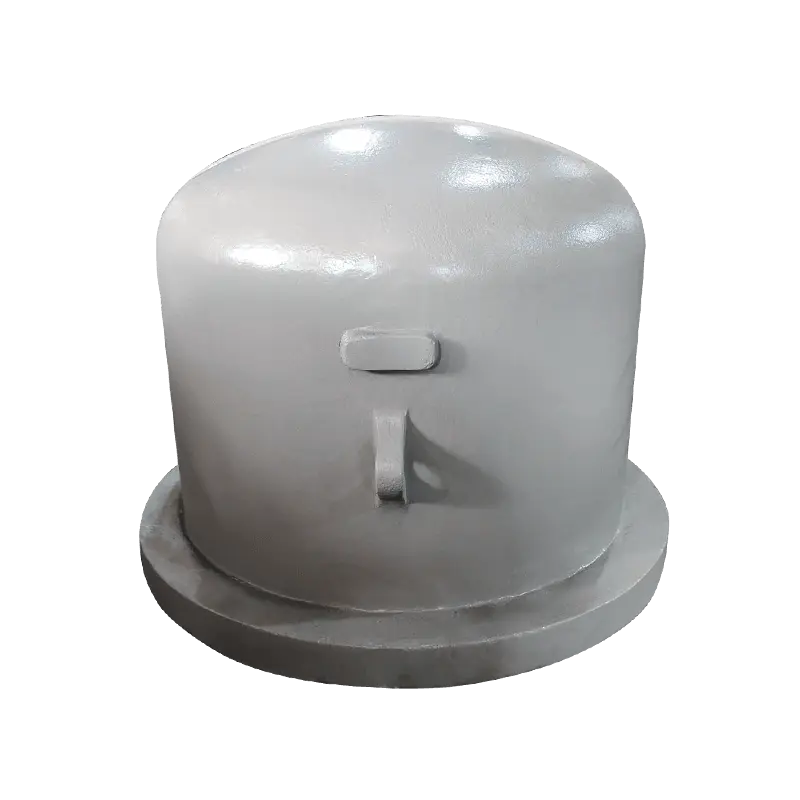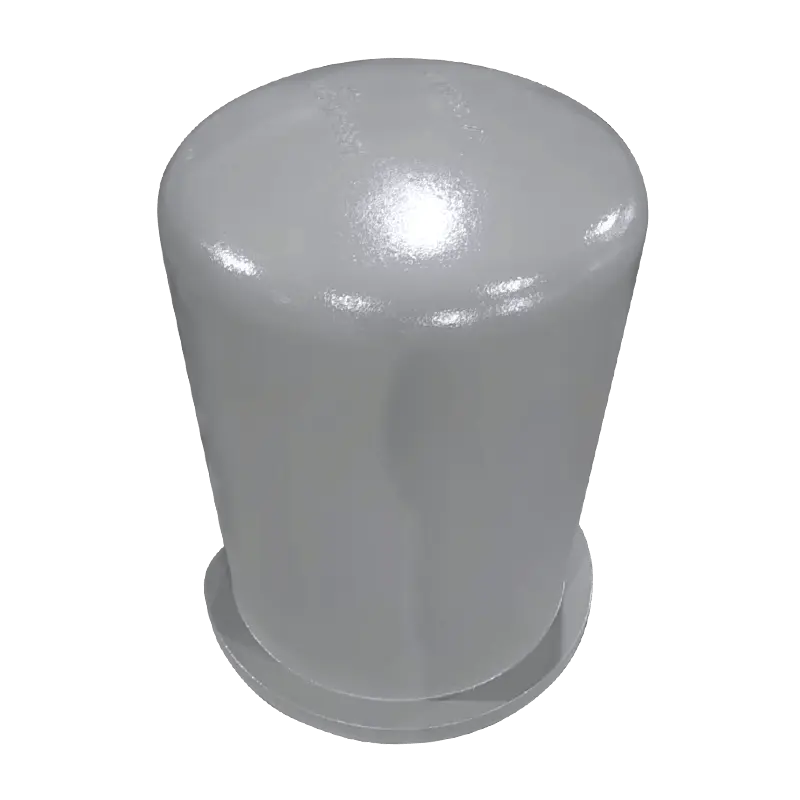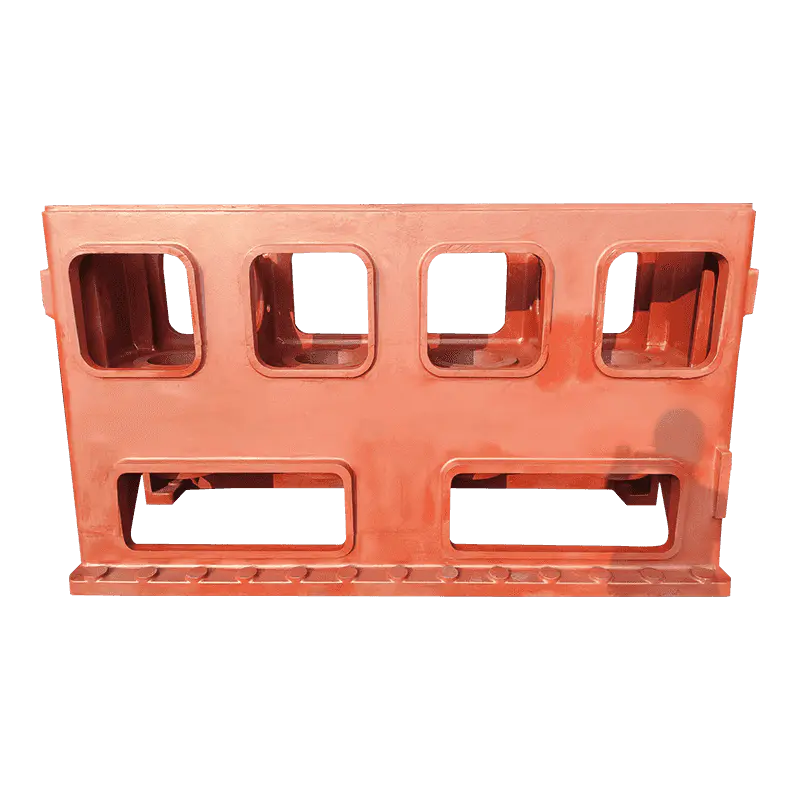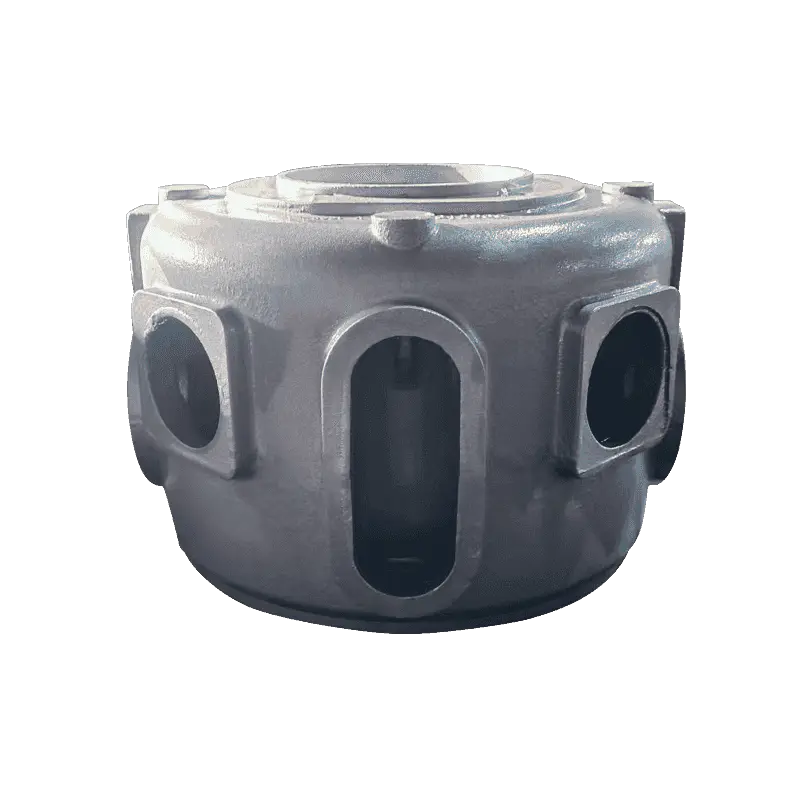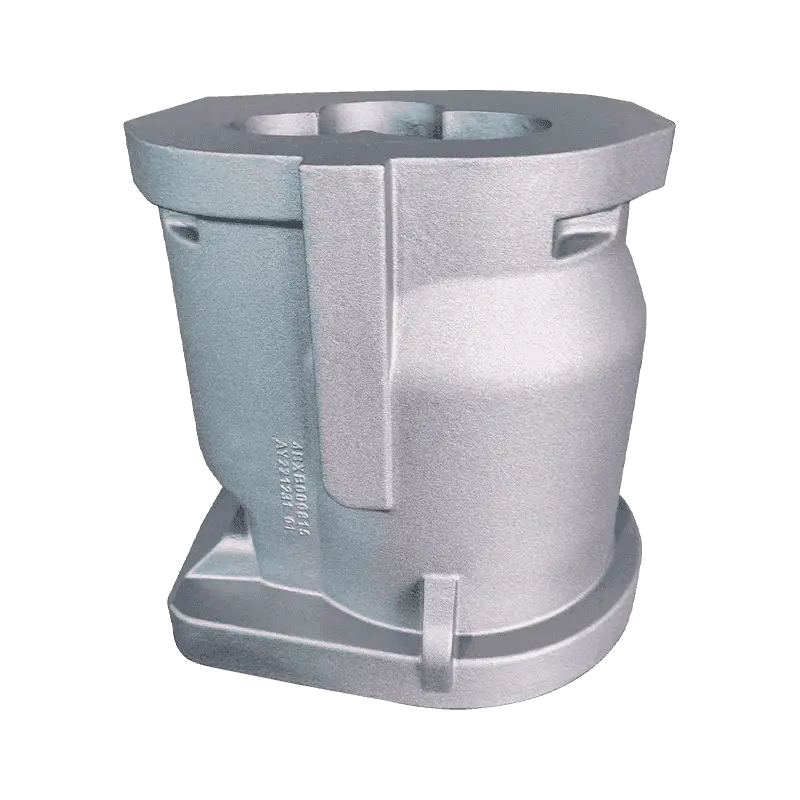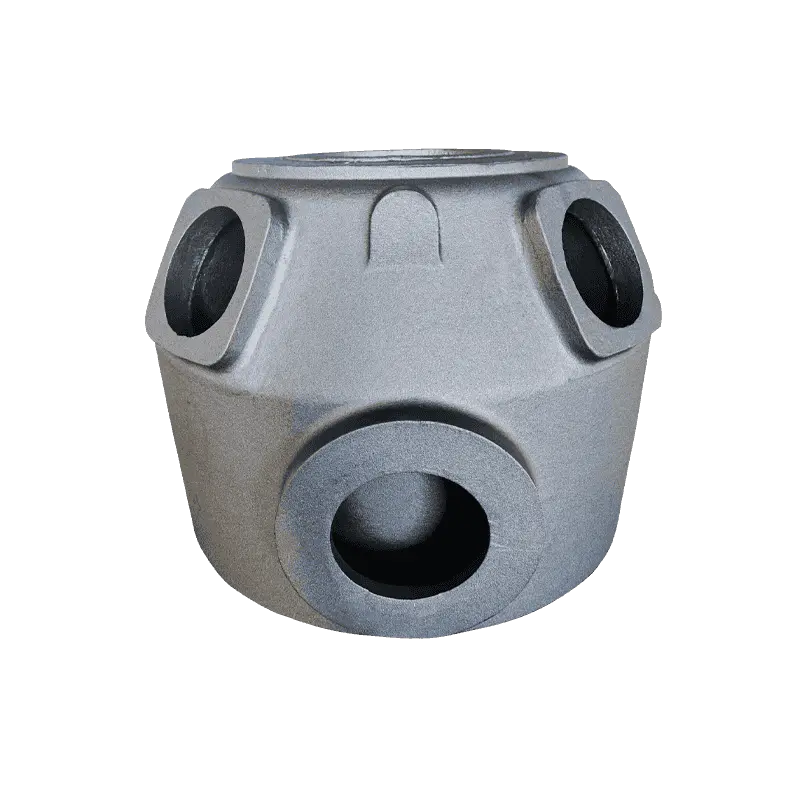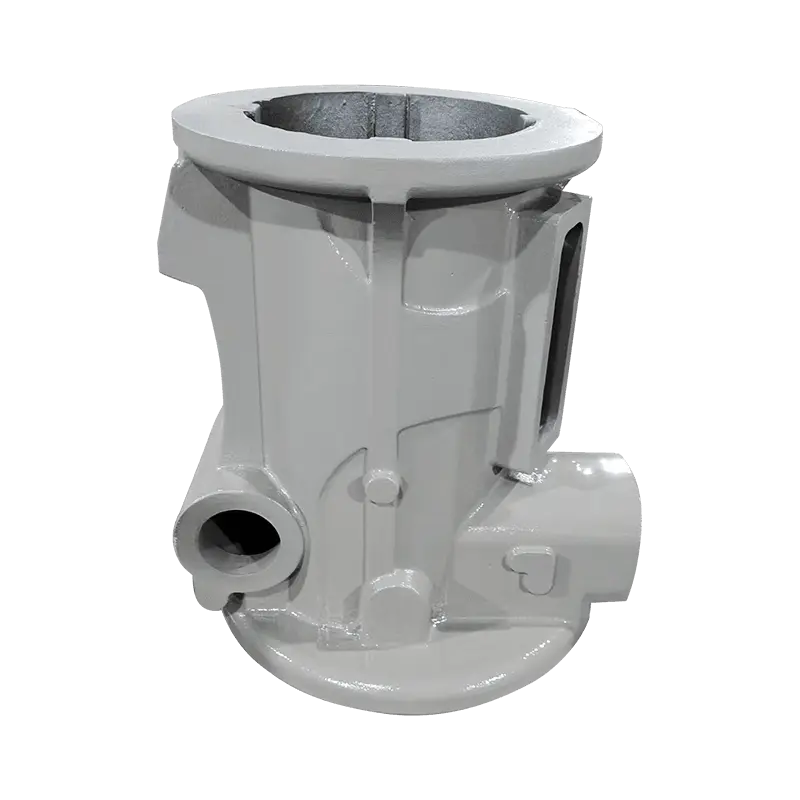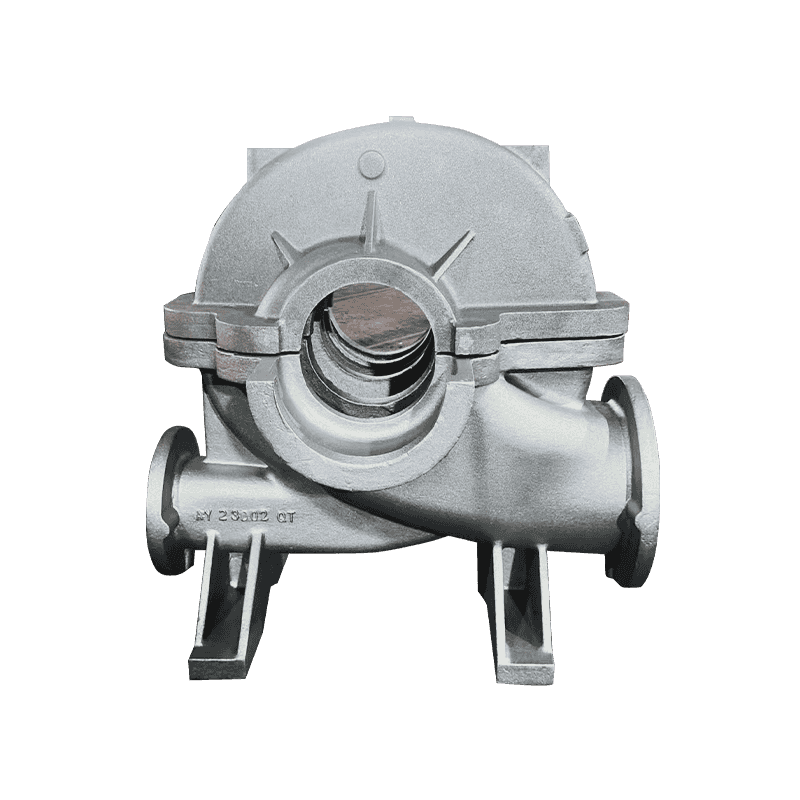Thermal Expansion and Contraction Resistance: The Compressor Heritage Resin Sand Cylinder is designed to withstand thermal expansion and contraction due to the specific properties of the resin material used in its construction. Resin-based materials typically exhibit lower thermal expansion coefficients than metals, which means that the Compressor Heritage Resin Sand Cylinder is less prone to significant dimensional changes when exposed to temperature fluctuations. This makes it more stable in environments where temperatures can vary dramatically. The cylinder's design incorporates features that allow for controlled movement as the material expands and contracts, ensuring that the cylinder retains its structural integrity over time.
Adaptation to Temperature Changes: The resin sand composition used in the Compressor Heritage Resin Sand Cylinder allows it to adapt to temperature variations without suffering from thermal stress fractures or warping. Resin materials are often engineered to be more flexible than metals, which helps the cylinder absorb thermal shifts without cracking or becoming brittle. During periods of heating or cooling, the resin can expand or contract in a controlled manner, reducing the risk of deformation. This adaptability helps ensure that the cylinder remains functional and durable across a wide range of operational environments, particularly those with frequent or extreme temperature changes.
Impact of Fluctuating Temperatures: In environments with fluctuating temperatures, such as industrial settings where compressors may operate in both heated and cooled areas, the Compressor Heritage Resin Sand Cylinder is less likely to experience the stress associated with rapid thermal changes compared to metal counterparts. The material's inherent flexibility reduces the likelihood of thermal fatigue, which can be a common issue with metals that expand and contract more rigidly. This can enhance the cylinder’s longevity and reduce the frequency of maintenance or replacements needed due to thermal-related damage. However, users should still consider the temperature range in which the cylinder is used to ensure optimal performance.
Thermal Cycling Performance: The Compressor Heritage Resin Sand Cylinder is engineered to perform well under thermal cycling, meaning it can endure repeated heating and cooling cycles without significant degradation. The resin material used in its construction has been optimized to maintain its physical properties, such as strength and rigidity, even as it undergoes expansion and contraction. This is particularly important in compressor applications, where equipment often experiences continuous use in varying temperature conditions. The material’s ability to recover from thermal cycles without permanent deformation ensures that the cylinder continues to function effectively over extended periods.
Considerations for Extreme Temperature Environments: In extreme temperature environments, such as those with very high or low temperatures, the Compressor Heritage Resin Sand Cylinder may experience more noticeable changes in size due to its material properties. For example, high-temperature-resistant resins can be used to reduce the impact of heat-induced expansion, while cold-resistant formulations help minimize shrinkage in low-temperature conditions. For environments with extreme or constant temperature fluctuations, users may need to evaluate the specific resin grade used in the cylinder and ensure it matches the operational conditions to prevent any negative impact on performance.


